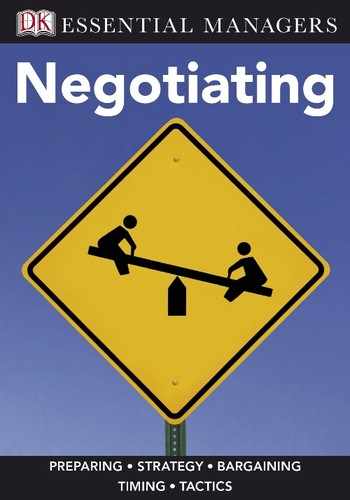Dealing with Competitive Tactics
In competitive win–lose position-based negotiations, negotiators use various manipulative tactics to maximize their interests while disregarding the interests of their counterparts. They usually believe that these tactics are quite effective. Often, however, these tactics can backfire, escalating the level of negotiation or even leading to an impasse. Skilled negotiators recognize these tactical traps and know how to avoid and neutralize them.
Competitive tactics and how to avoid them
Making a highball or lowball offer
A negotiator assumes that you are not fully informed and tries to take advantage by making a very high offer as a seller, or a low offer as a buyer. Their objective is to replace the benchmark you have in your mind with one in their favor. To avoid: Be confident in your benchmarks and try to see clearly through this ploy.
Playing good guy/bad guy
One negotiator plays tough and uses aggressive tactics, such as threats and ultimatums. Another empathizes to make you believe that he or she is on your side. Neither is on your side—both are trying to maximize their own interests. To avoid: Focus squarely on protecting your own interests.
Nibbling
The deal is done, but at the last minute the negotiator asks for another small concession. Most negotiators concede, fearing that the last-minute demand might derail the deal if it is not fulfilled. To avoid: Remember that refusing to budge on a small concession at the last minute is not usually a deal-breaker.
Using emotional blackmail
A negotiator tries to intimidate or influence you by fabricating anger, frustration, or despair. They try to emotionally shake you and make you feel responsible for the lack of progress. To avoid: Use your emotional intelligence. Stay calm and centered, and try to steer the negotiations back on track.
Separating the issues
A negotiator insists on reaching an agreement on a single issue before moving on to the next issue. This prevents you from bundling issues together and creating opportunities for trade-offs. To avoid: Negotiate multiple issues at once, stating that “nothing is agreed upon until everything is agreed upon.”
Applying time pressure
The other party uses the pressure of time to try to get you to concede by setting tight deadlines for an offer, or using delaying tactics to reduce the amount of time available for the negotiation. To avoid: Use your judgement to decide whether a deadline is real or not.

